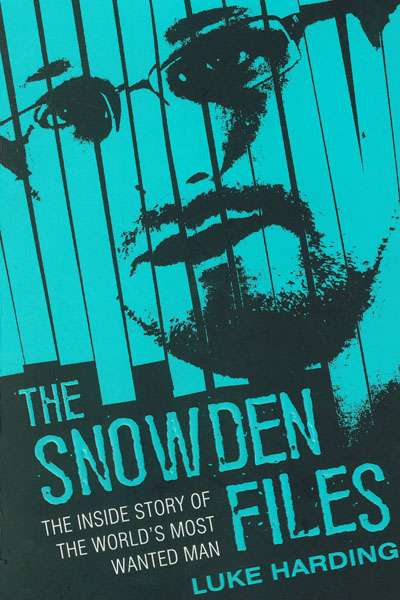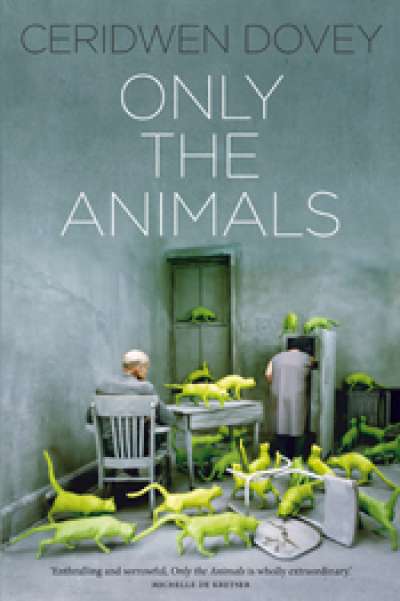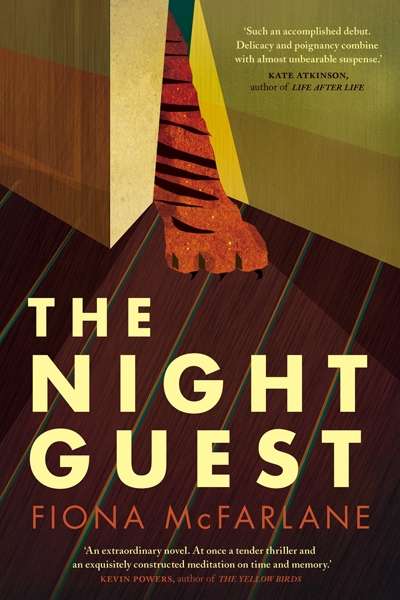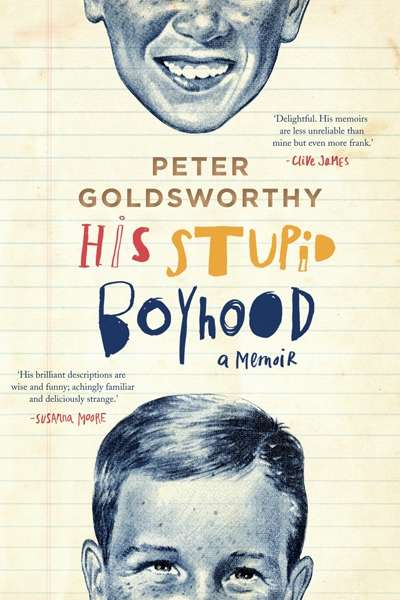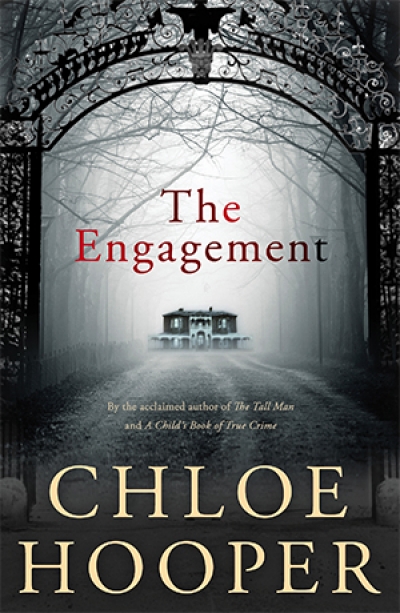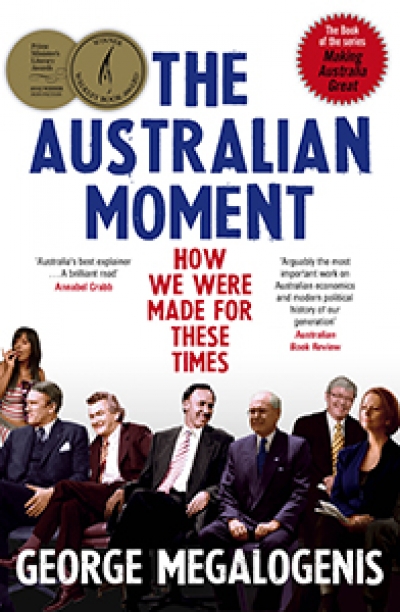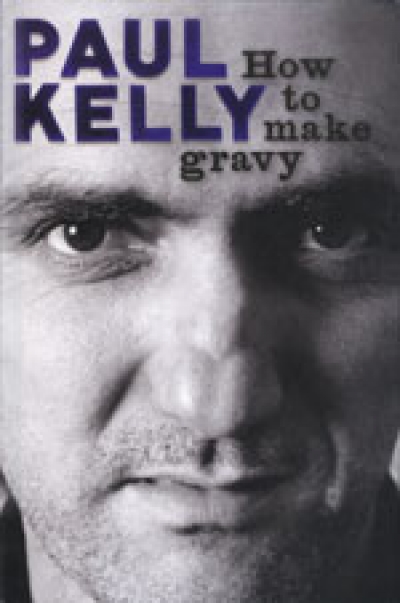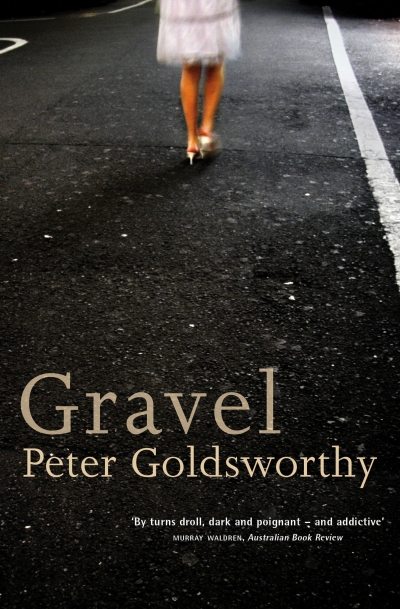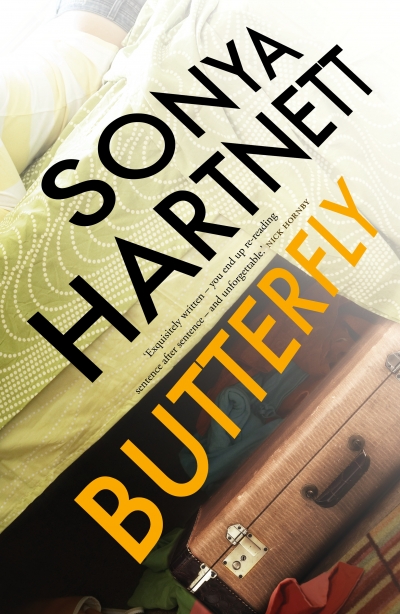Peter Goldsworthy justly commands a seat at the big table of the Australian hall of literary achievement. This was underlined on Australia Day with his gonging as a Member of the Order of Australia for service as an author and poet. It is a prize that should glitter comfortably on the mantelpiece alongside the likes of his South Australian Premier’s Award, his Commonwealth Poetry Prize, his Bicentennial Literary Prize for Poetry, and his FAW Christina Stead Award for fiction.
For someone who has practised half-time as a writer and half-time as a GP for the past thirty-five years, his output is admirably prolific: eight novels, including one co-written with Brian Matthews, five collections of short stories, half a dozen poetry collections, two novels adapted as plays, two opera libretti, and a spot of essayistic Navel Gazing (1998). He has also done time on literature’s administrative front line, his committee stints including four and a half years as chairman of the Australia Council’s Literature Board. All of which mark him out as a littérateur of the first order.
...
(read more)

